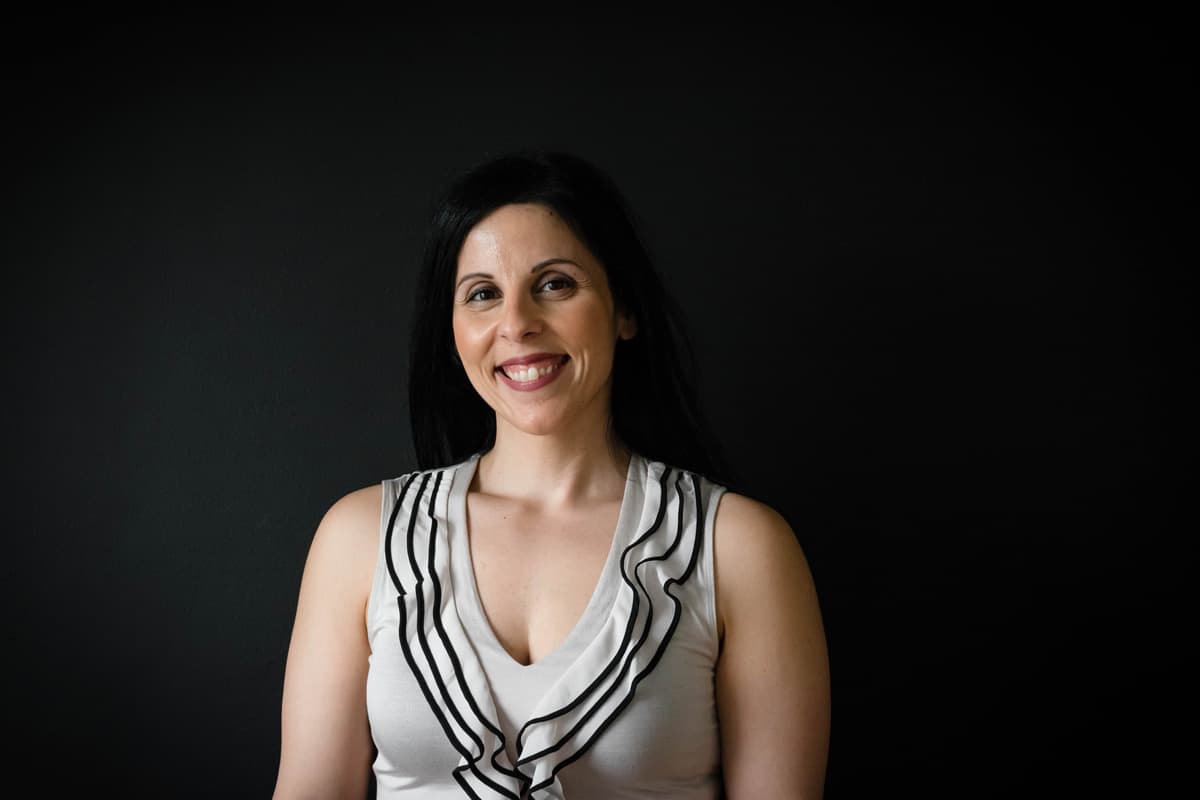The following is part 2 of a 9-part series on empowering strategies to guide patient healing. Access part 1 here.
I recall a student once saying to me at the beginning of her clinical placement, “Jenn, I cannot tell patients I understand what they are going through because I really don’t.”
At that time, I did not respond and just nodded my head in understanding, because I truly did see what my student was trying to tell me. She, herself, had not experienced the same thoughts, feelings, or experiences as our patients.
But this made me curious: why could she not attempt to try to understand our patients and their needs? To me, this is what having empathy truly means: trying to understand the feelings, experiences, and thoughts of another person.
So, I attempted to put myself in her shoes, understanding that as a student, you are bombarded with so much information on skill and knowledge, that you are just trying to competently apply it in a clinical setting under evaluative demands.
In my short time of knowing my student, I knew her clinical knowledge was where it should be, and I thought it was insightful of her to recognize she could not connect completely with our patients. I believe she made this known because she was realizing it was a critical part of their success.
Understanding that empathy is fundamental to patient outcomes, I encouraged her to simply engage with our patients about whatever they brought to the session before she jumped into the clinical aspect of care.
Although we clinically knew what our patients needed in order to improve their function and safe mobility, I encouraged her to be more passive and to move at the speed of our patients, not hers.
I suggested a more hands-off approach to care initially so that she would actually tune into what our patients were feeling and saying before any intervention would be implemented. This allowed her to be more genuinely engaged and to genuinely engage our patients in their sessions. It took the pressure off of her and off of our patients.
Over the course of her clinical placement, I saw her evolve into a more empathic healthcare professional; she was establishing and implementing plans of care based on what our patients were expressing they needed, rather than what she thought she knew they needed.
She was demonstrating a deeper understanding of the whole patient, and it was wonderful to witness. Her interventions were making more sense as they aligned to what our patients were expressing they needed. As such, patients became more of an active partner in their care.
More importantly, our patients started to trust her with their care in guiding them to success. By the end of her time with me, she understood the value of first establishing an empathetic and compassionate rapport in order to unlock the highest level of potential that each and every patient uniquely has inside of them.
This is a clinical experience she can reflect on and build upon for years to come. Empathy is not something we call upon in a moment’s time, but rather, is cultivated in our everyday learned and shared interactions.


 PWeekly
PWeekly